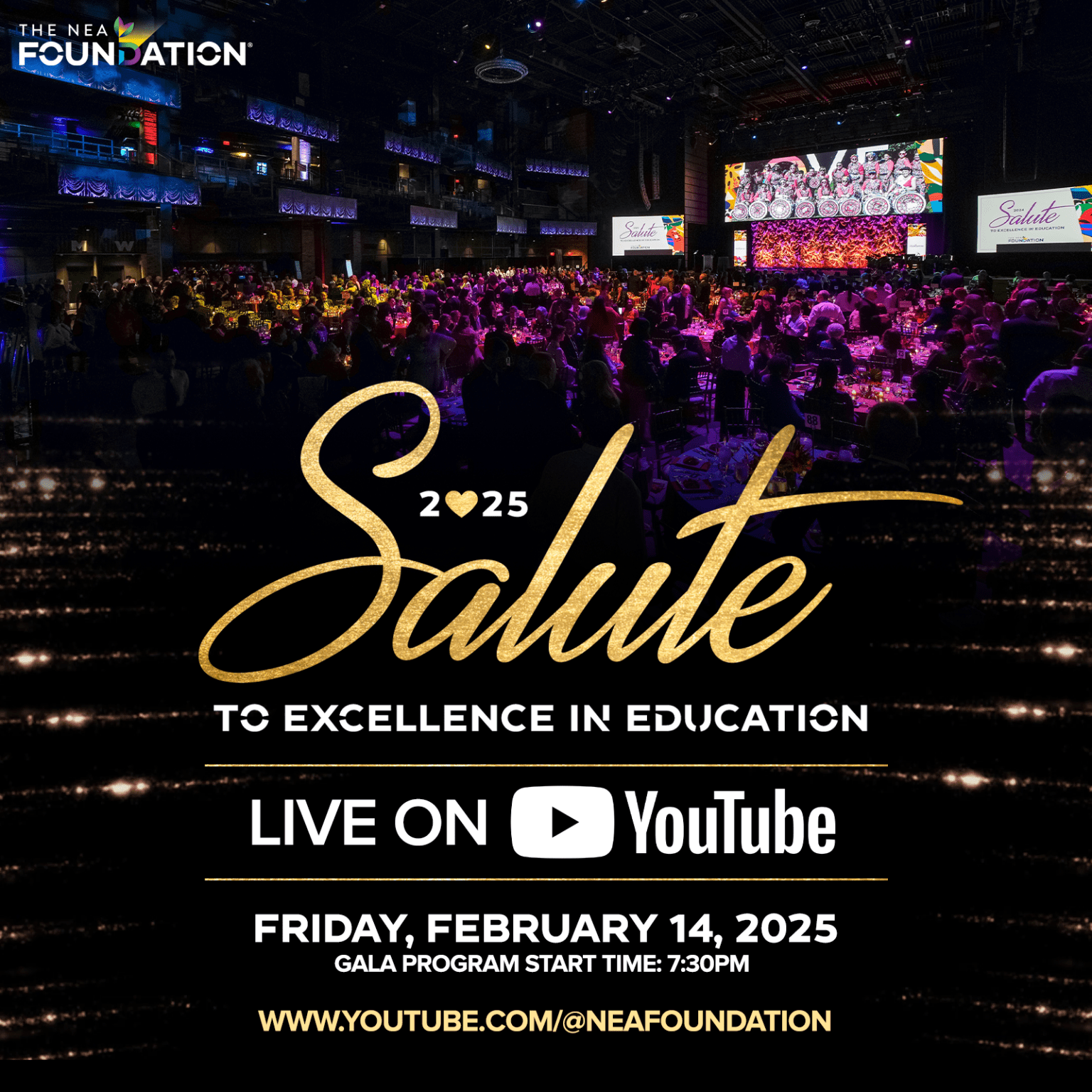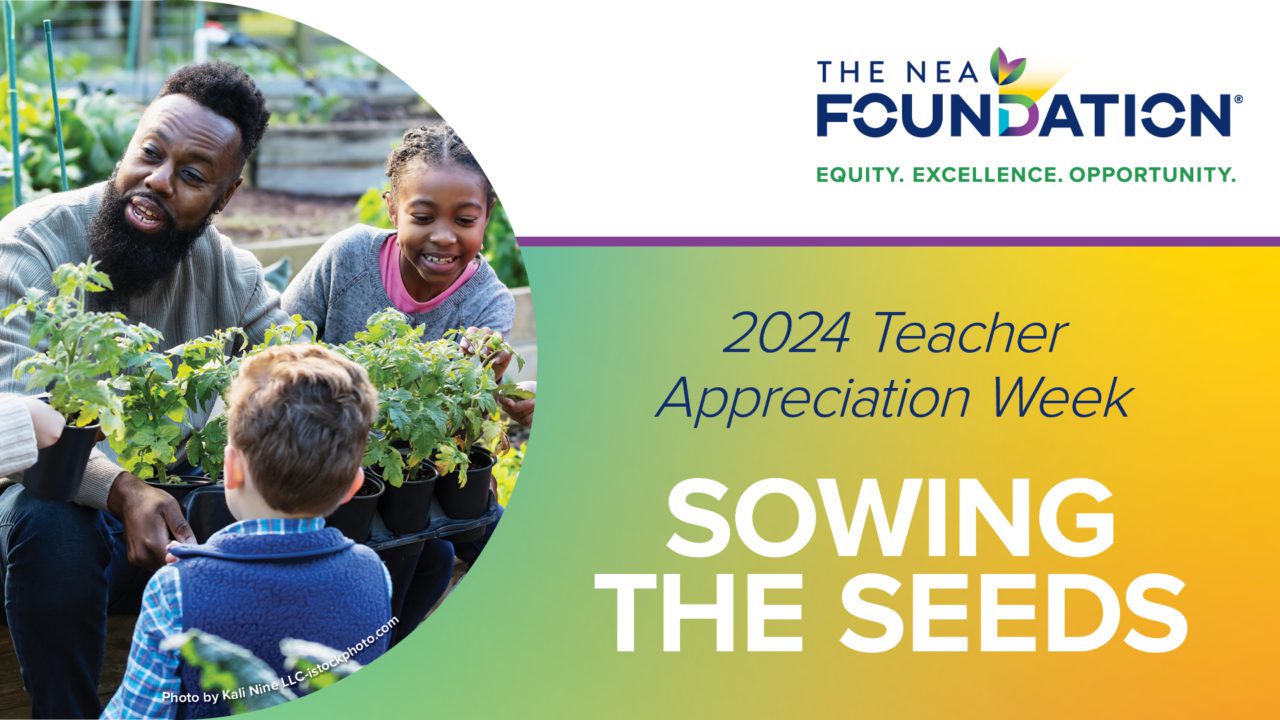For many teachers it’s classroom materials for their students. Hundreds of teachers across the country have received close to $170,000 worth of classroom materials over the past two months to support their ideas to inspire student learning. Thanks to a partnership between the NEA Foundation and Donors Choose, getting classroom materials to the students who need them is becoming easier. Since October, funded projects have grown from 80 to 600, and are reaching more than 52,000 students. Read about a few projects that have already been funded, and find out how you can get involved below.
“Our Garden, Where Children Blossom and Bloom”
 Students of Edison Elementary School in Denver, Co., are not only becoming more eco-friendly; they’re also gaining hands-on learning experience in life sciences. Their 21st century school already had a student and community garden, but one science teacher, Mrs. Vigil, dreamed of creating a life science laboratory garden to teach students about the plant life cycle and also supply organic foods for the school’s cafeteria.
Students of Edison Elementary School in Denver, Co., are not only becoming more eco-friendly; they’re also gaining hands-on learning experience in life sciences. Their 21st century school already had a student and community garden, but one science teacher, Mrs. Vigil, dreamed of creating a life science laboratory garden to teach students about the plant life cycle and also supply organic foods for the school’s cafeteria.
Vigil requested marigold seeds for natural pest control, oat and rye seeds for green compost and weed control, and radishes to harvest in the fall. She also requested child-size gardening tools and help from FEED USA, to teach students about small scale farm-to-table gardening. Vigil’s project will impact more than 300 students at Edison Elementary. “I can almost see their excitement as they see tiny sprouts and green shoots growing in the All-In-One Greenhouses,” she wrote.
“Complete the Circuit: Electricity and Conservation of Energy” 
Mr. Sames, of Lincoln Middle School in Portland, Maine, wrote in his project request, “What do you remember most from science class? Was it the lab reports you wrote…or was it the things you built?” Sames’ project involves building models to give students a real-world understanding of the energy issues they may face in their lifetimes.
Sames teaches at a diverse school, where students often teach him words in Khmer, Farsi, and other languages. What all of his students have in common is a need for hands-on learning and connecting class curriculum, such as measuring voltage in a circuit, to what happens at home when they turn on a light switch. He requested two electricity kits, including wires, battery packs, switches, lights, and multimeters for students to collect data. “These students have cell phones, access to computers, and televisions clamoring for their attention,” Sames wrote. He aimed to “pull their attention to the excitement of building something by hand and channel that excitement to thinking about energy solutions.” More than 70 students at Lincoln Middle will have the chance to participate in Sames’ project.
 “Grab and Go Math Centers”
“Grab and Go Math Centers”
Mrs. Sloan, of Fontenelle Elementary School in Omaha, Neb., wrote that her second graders, who are mostly minority students from low income families, do not have enough resources to challenge themselves in math. The school has not made its Annual Yearly Progress goal for the past several years. “Last year, as a school, we only had 28 percent of students meet the math goal,” Sloan said. She requested materials for grab-and-go math centers, which would include 20 sets of addition and subtraction flashcards, counting dice, and coins. The learning materials reached Sloan’s class of 19 second-graders at Fontenelle Elementary.
Have a project idea? It’s not too late to post project requests for any subject or grade level on DonorsChoose.org. Visit our New Opportunities page to find out how.
Want to give this holiday? We’re still matching donations up to $250 per request for NEA members. Use the search bar on our homepage to browse projects by state or keyword








